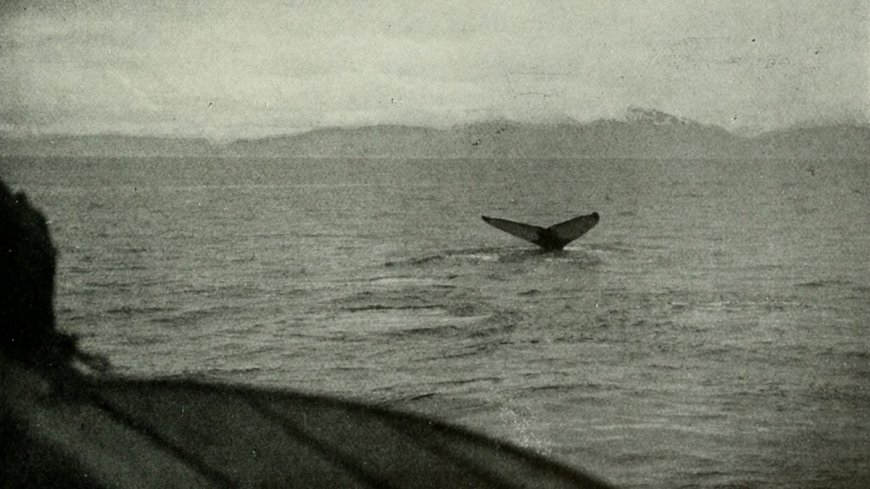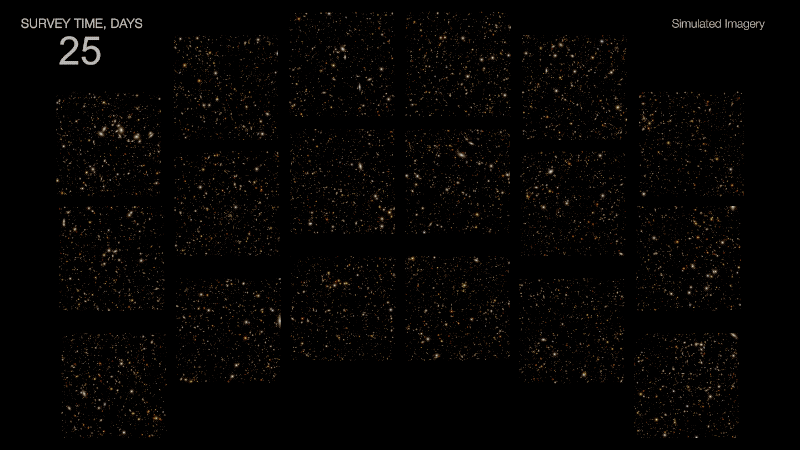How Whaling Records Are Enhancing Sea Ice Estimation
Historical whaling records are proving valuable in refining estimates of sea ice extent. Scientists are leveraging detailed data from past whaling expeditions to correct overestimations in climate models. By analyzing humpback catch locations, researchers have identified discrepancies that shed light on the changing dynamics of sea ice in the Southern Ocean.

Industrial whaling in the past involved detailed record-keeping to enhance future expeditions. These historical records, dating back over a century, have been utilized by scientists to understand the changes in sea ice around Antarctica before satellite monitoring.
A recent study published in Environmental Research: Climate analyzed data from humpback whaling expeditions to show that current climate models overestimate the historical extent of sea ice in the Southern Ocean. The behavior of humpback whales near the ice edge provided valuable insights into past sea ice coverage.
Accurate estimation of sea ice extent is crucial for climate modeling as it affects the Earth's energy balance and climate patterns. By comparing whaling catch data from the 1930s with climate models, researchers found that the models consistently overestimated historic sea ice extent by about 4° latitude.
Using historical data like whaling records helps scientists better understand complex climate systems and make more accurate predictions about future sea ice extent. Despite limitations, these indirect sources of data play a vital role in enhancing our knowledge of climate change.
According to the source: eos.org.
What's Your Reaction?
 Like
0
Like
0
 Dislike
0
Dislike
0
 Love
0
Love
0
 Funny
0
Funny
0
 Angry
0
Angry
0
 Sad
0
Sad
0
 Wow
0
Wow
0

















































































































































































